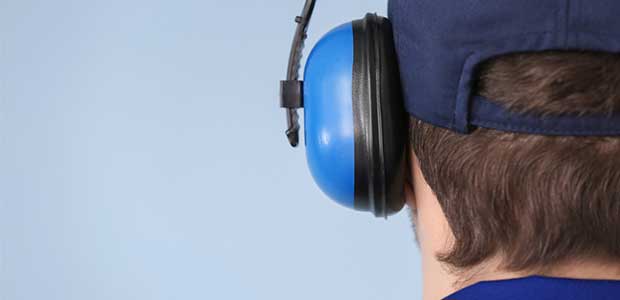
How Smart PPE for Hearing Protection Improves Hearing Conservation Program Performance
Noise-induced hearing loss results in irreversible and serious impact to a person’s quality of life and overall health.
- By Rob Brauch
- Mar 01, 2022
Occupational Noise-Induced Hearing Loss (ONIHL) continues to be a problem despite nearly four decades of regulation per the Hearing Conservation Amendment to OSHA’s 29 CFR 1910.95.
We already know that noise-induced hearing loss results in irreversible and serious impact to a person’s quality of life and overall health. From decreased hearing acuity and problems communicating with family, friends and coworkers - to tinnitus and even a proven link between hearing loss and dementia—occupational hearing loss is a compensable injury with high costs to the employer as well as the affected worker.
With 14,500 Hearing Loss cases documented in 2019 by private industry the U.S. alone—accounting for 11.4 percent of all private industry illnesses as reported by the U.S. Bureau of Labor Statistics—it’s fair to say there is still significant room for improvement in the performance of many Hearing Conservation Programs (HCPs).
Hearing Loss from workplace exposure has decreased as a percentage of total injuries in the past ten years—by over a third—perhaps reflecting the shift from manufacturing jobs to other types of work, plus the diligent efforts of safety pros to eliminate noise sources and better protect any workers remaining in high noise environments. While it is trending in the right direction, the real costs to society and the economy remain substantial.
Let’s take a look at the reasons this preventable injury continues to plague workers in private industry, the public sector and military—despite the hard work of so many dedicated Safety Professionals and others charged with managing an effective HCP. Then, we’ll examine how the introduction of Smart PPE and new types of Hearing Protectors (HPDs) can totally change the game.
Components of an Effective Hearing Conservation Program
From NIOSH Publication 96-100, “PREVENTING OCCUPATIONAL HEARING LOSS - A PRACTICAL GUIDE,” key elements of any HCP should include:
- Hearing Loss Prevention Program Audit
- Monitoring for Hearing Hazards
- Engineering and Administrative Controls
- Audiometric Evaluation
- Personal Hearing Protection Devices
- Education and Motivation
- Record Keeping
- Program Evaluation
Got Noise? Starting with a simple audit to determine if a program needs to be implemented, all noise sources are identified and evaluated for potential risk. Presence of any Ototoxic substances on premises should be identified.
This article originally appeared in the March 1, 2022 issue of Occupational Health & Safety.